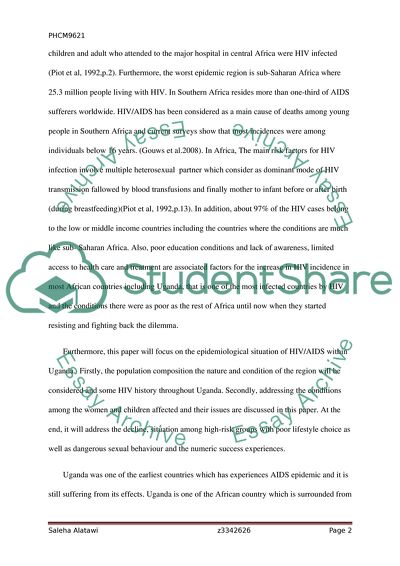Cite this document
(“The eoidemic of HIV in Uganda Essay Example | Topics and Well Written Essays - 2250 words”, n.d.)
Retrieved from https://studentshare.org/health-sciences-medicine/1580094-the-eoidemic-of-hiv-in-uganda
Retrieved from https://studentshare.org/health-sciences-medicine/1580094-the-eoidemic-of-hiv-in-uganda
(The Eoidemic of HIV in Uganda Essay Example | Topics and Well Written Essays - 2250 Words)
https://studentshare.org/health-sciences-medicine/1580094-the-eoidemic-of-hiv-in-uganda.
https://studentshare.org/health-sciences-medicine/1580094-the-eoidemic-of-hiv-in-uganda.
“The Eoidemic of HIV in Uganda Essay Example | Topics and Well Written Essays - 2250 Words”, n.d. https://studentshare.org/health-sciences-medicine/1580094-the-eoidemic-of-hiv-in-uganda.


